On Sunday, firefighters in California made significant progress in controlling a wind-driven wildfire 60 miles east of San Francisco.
The fire has already destroyed a home, burned thousands of acres, and forced residents to flee the area near the central California city of Tracy.
Origin of Fire
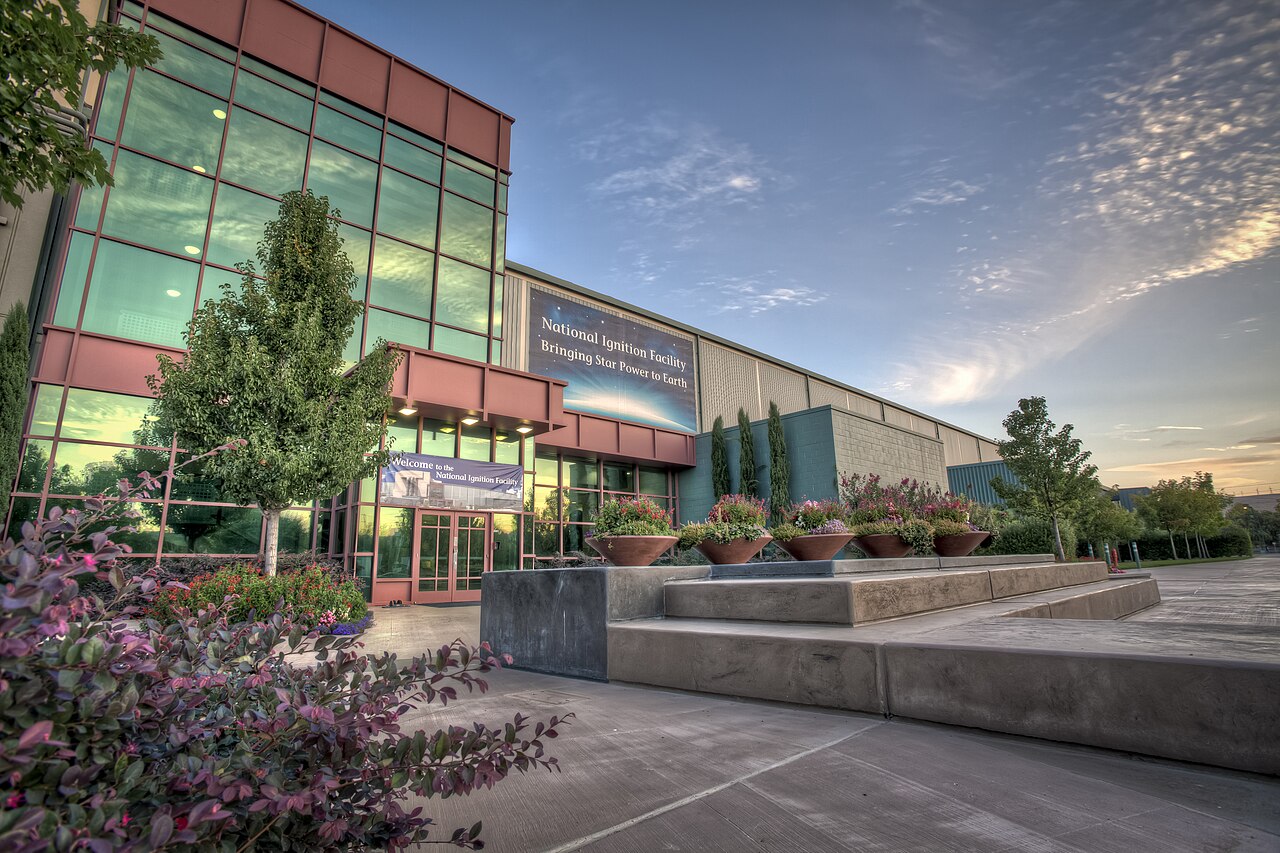
One of the nation’s most important centers for nuclear weapons science and technology, Lawrence Livermore National Laboratory manages the grassy hills where the fire broke out on Saturday afternoon.
The California Department of Forestry and Fire Protection said the center was not in immediate danger from the blast, named the Corral Fire.
Spread Fast
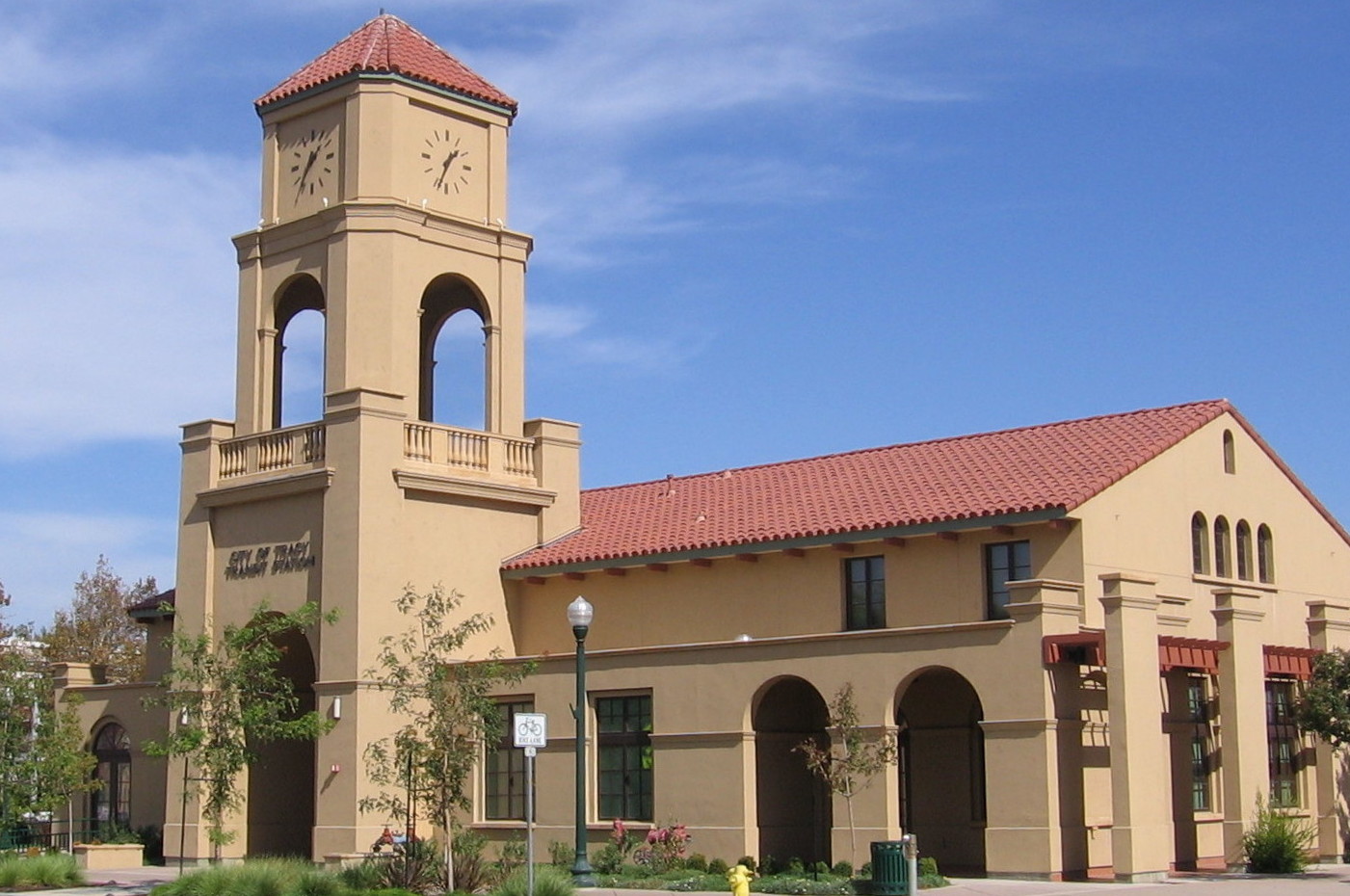
The Corral Fire had consumed about 22 square miles by Sunday afternoon. The fire was half-contained by firefighters as of Sunday evening.
A large number of individuals nearby, including inhabitants of the city of Tracy with a populace of 100,000, were requested to leave for evacuation centers on Saturday.
Evacuation Order Lifted
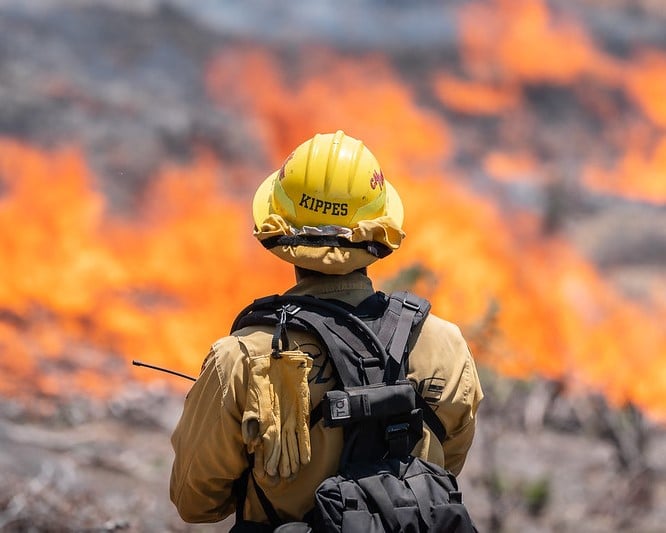
The clearing request was lifted to permit occupants to get back to their homes from Sunday night. Tracy is around 70 miles south of California’s capital, Sacramento.
CalFire Battalion Chief Josh Silveira said that with more quiet breezes and a milder climate, he didn’t anticipate that the fire should develop.
Damage Caused
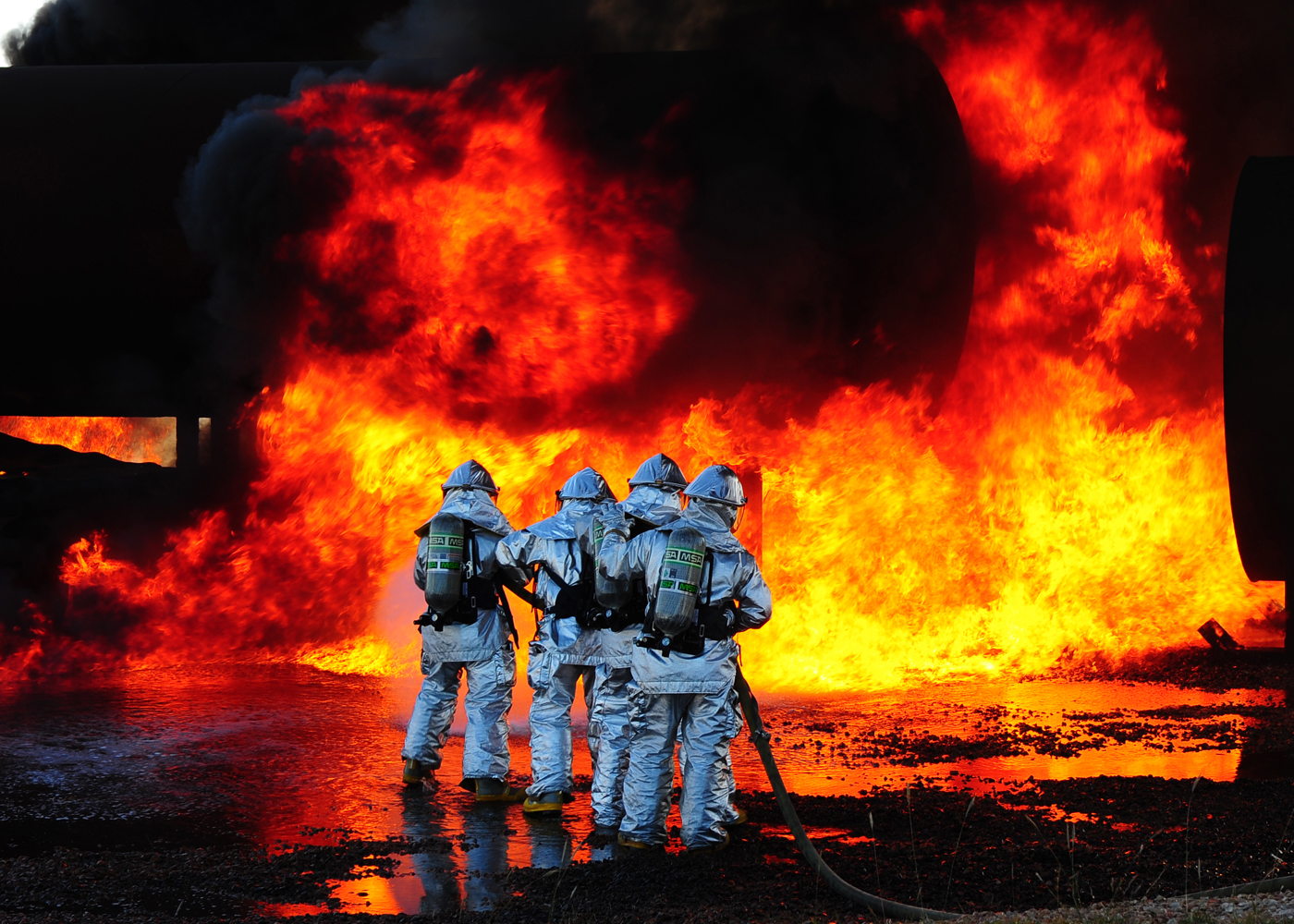
Two firemen experienced minor to moderate burns on Saturday and Silveira says they are expected to make a complete recovery.
The out-of-control fire presented no danger to any research center offices or projects and had created some distance from the site, according to Lawrence Livermore representative Paul Rhien.
Research Center Precautions
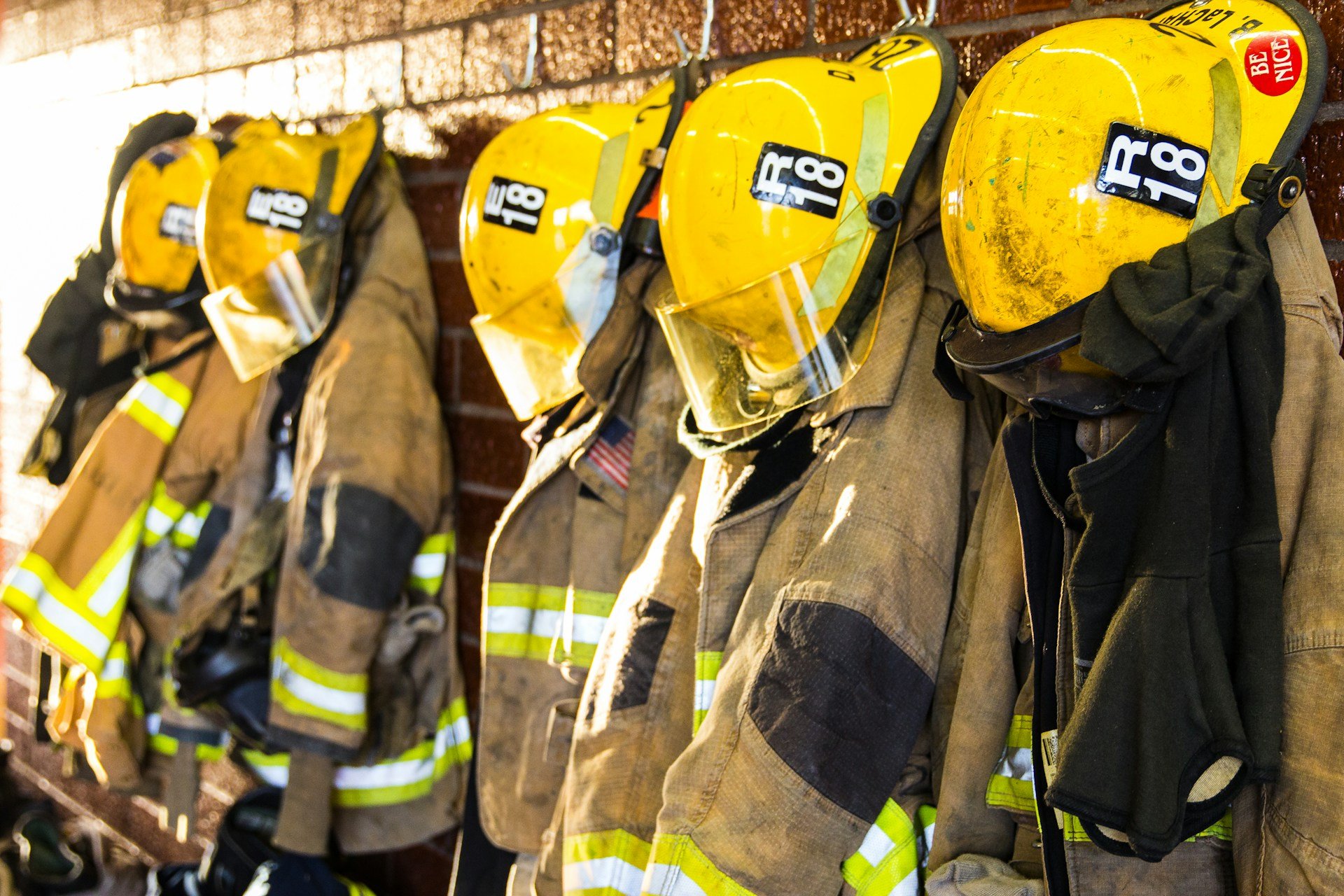
According to Rhien, “As a precaution, we have activated our emergency operations center to monitor the situation through the weekend.”
Photographs showed a mass of blazes moving over the dry landscape as dark smoke engulfed the sky.
Disruption to Highway

The rapidly spreading fire additionally caused the closure of two major highways, including a highway connecting the San Francisco Bay Area to San Joaquin County.
Thankfully there was not too much disruption to traffic between the areas as the highways had reopened by Sunday afternoon.
Areas Ordered to Leave

On Saturday, the San Joaquin County Office of Emergency Services ordered an evacuation for regions west of the California Aqueduct, south of Corral Hollow Creek, west to Alameda District, and south to Stanislaus County.
At Larch Clover Community Center in Tracy, a temporary point for evacuation was set up as the county requested that residents temporarily consume and cook with boiled tap water or bottled water.
High Temperatures Incoming
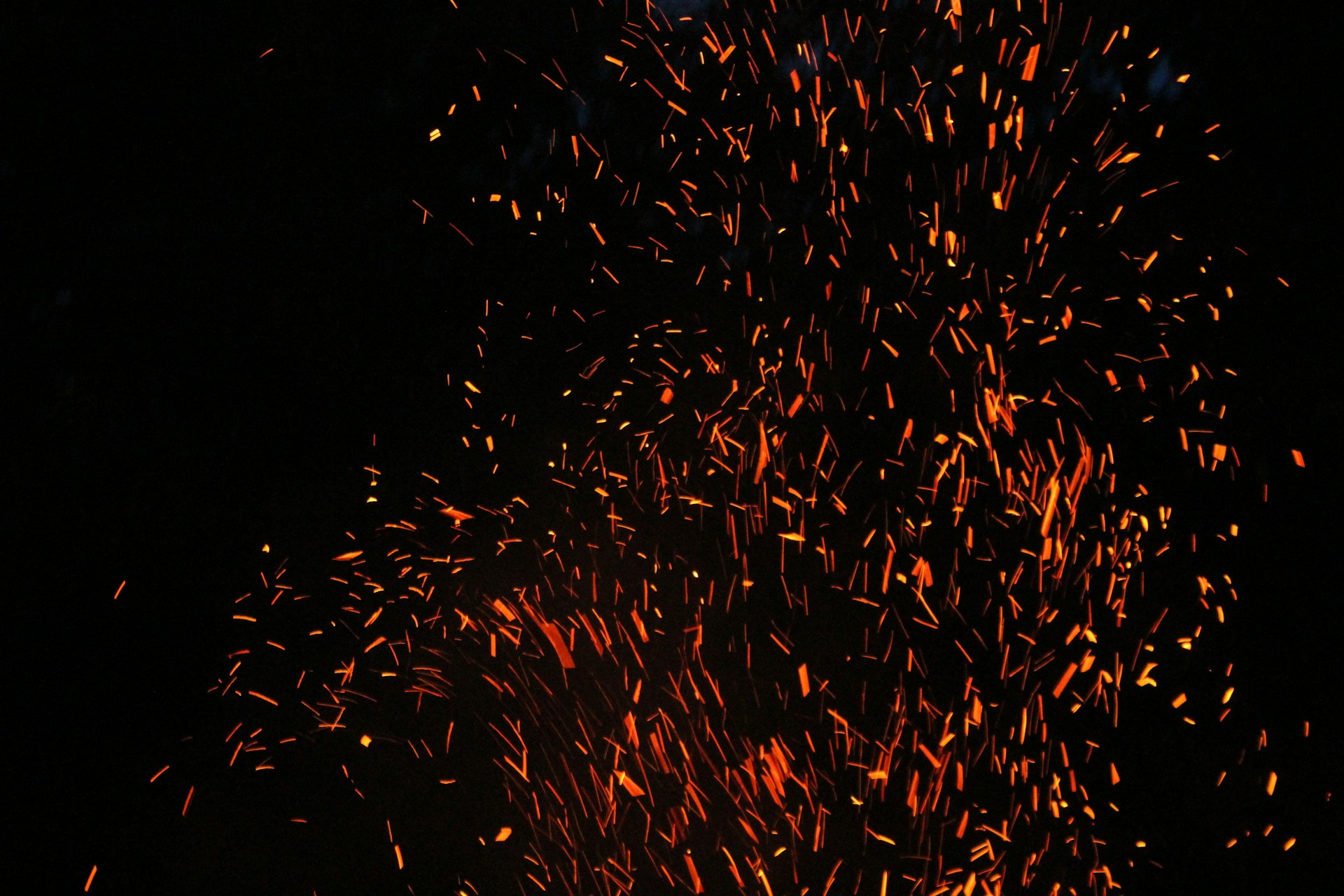
While Sunday’s high temperature for Tracy was supposed to peak at 85 degrees Fahrenheit with no downpour predicted, hotter weather is on the way.
The National Weather Service said “dangerously hot conditions” with highs of 103 F to 108 F were anticipated later in the week for the San Joaquin Valley, a region that includes Tracy.
Impact of Winds

According to Sacramento-based meteorologist Idamis Shoemaker, the area was hit by winds of up to 45 mph (72 kph) Saturday night.
This speed of winds may have been a contributing factor in the 14,000 acres affected during the fires on Sunday.
Past Weather Patterns
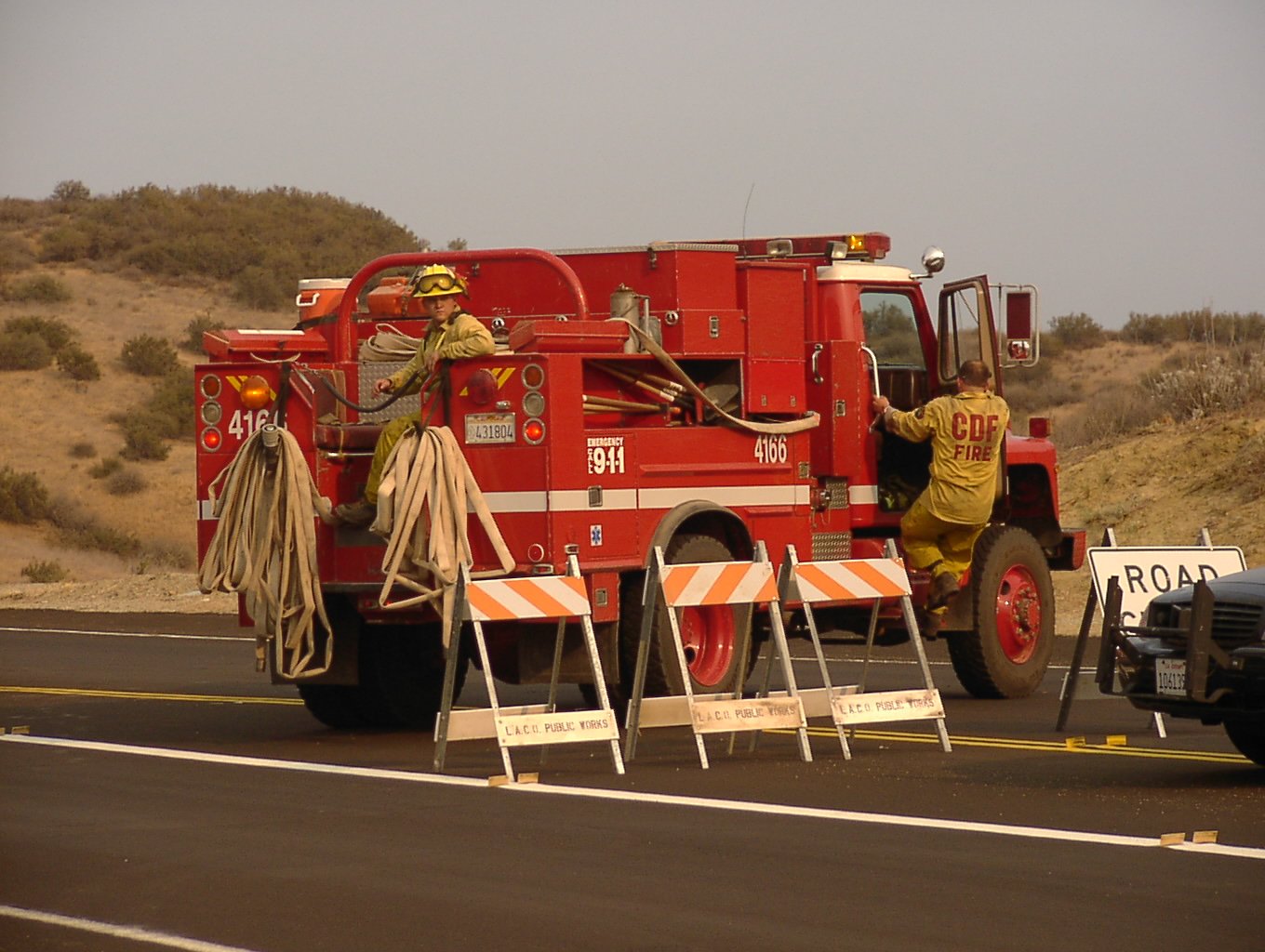
The back-to-back wet years that California experienced may have ended droughts across the state but caused vegetation growth which could have been a contributing factor to the rapid spread of the fire.
According to Cal Fire’s outlook for 2024, from mid-May to June, dryness would increase which may lead to further small fires and the potential for larger fires if winds pick up.
Largest Wildfire of the Year
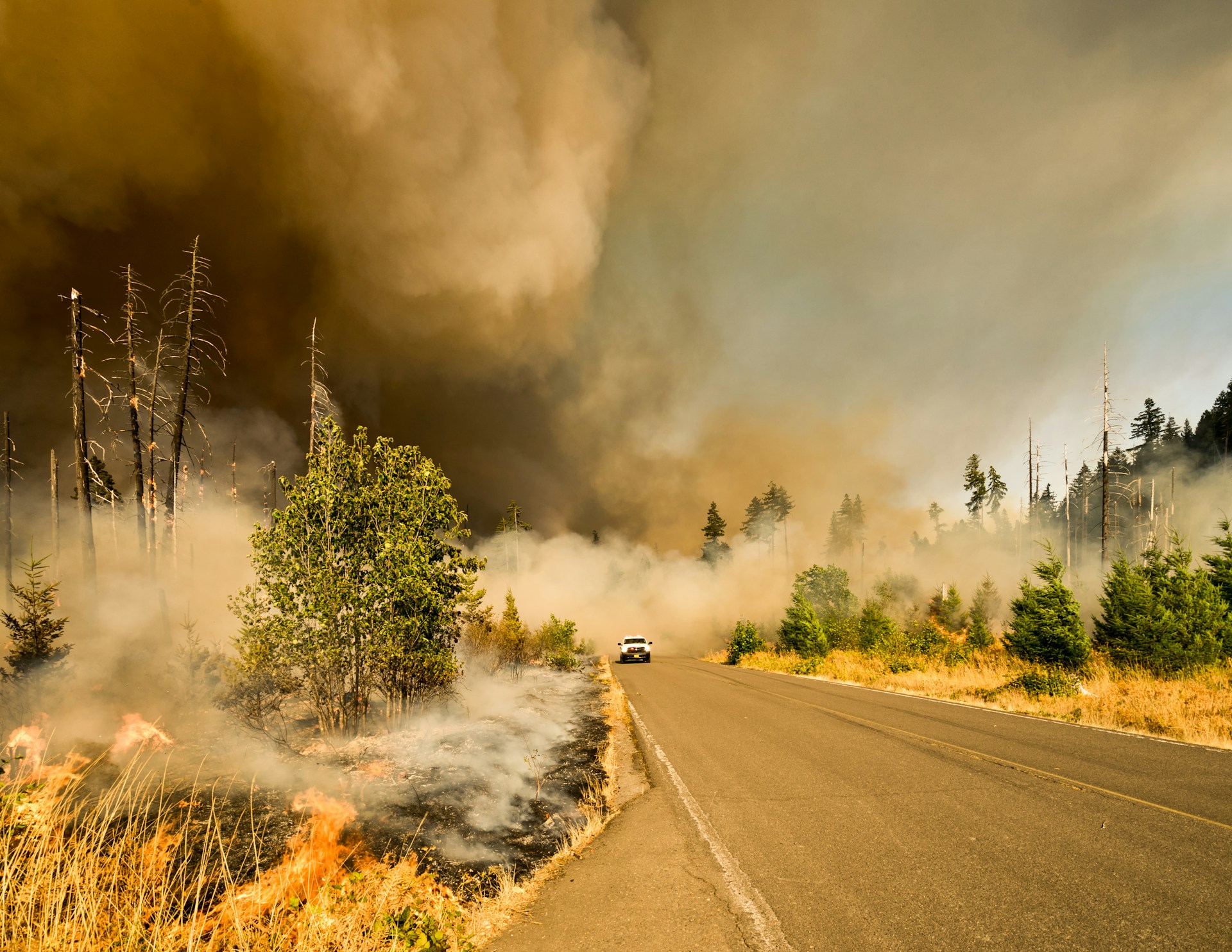
While there have already been over 1,200 wildfires so far this year, the Corral Fire is by and away the largest experienced so far this year.
A major heatwave is predicted and locals are being advised to exercise extreme caution if burning anything, where they discard cigarettes and parking on the grass.
Elsewhere in the country a brush fire in Osteen, Florida threatened houses as wildfire season begins to cause concern for residents of affected areas.
